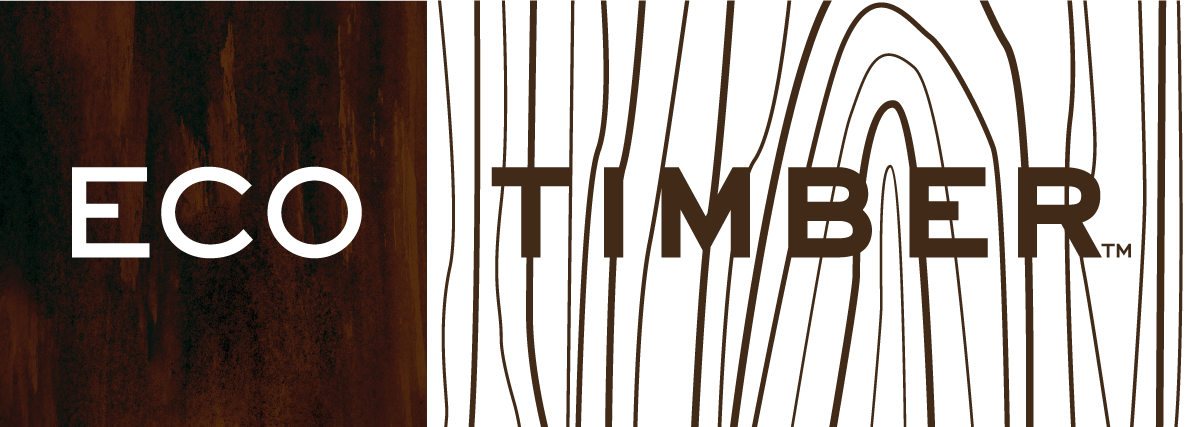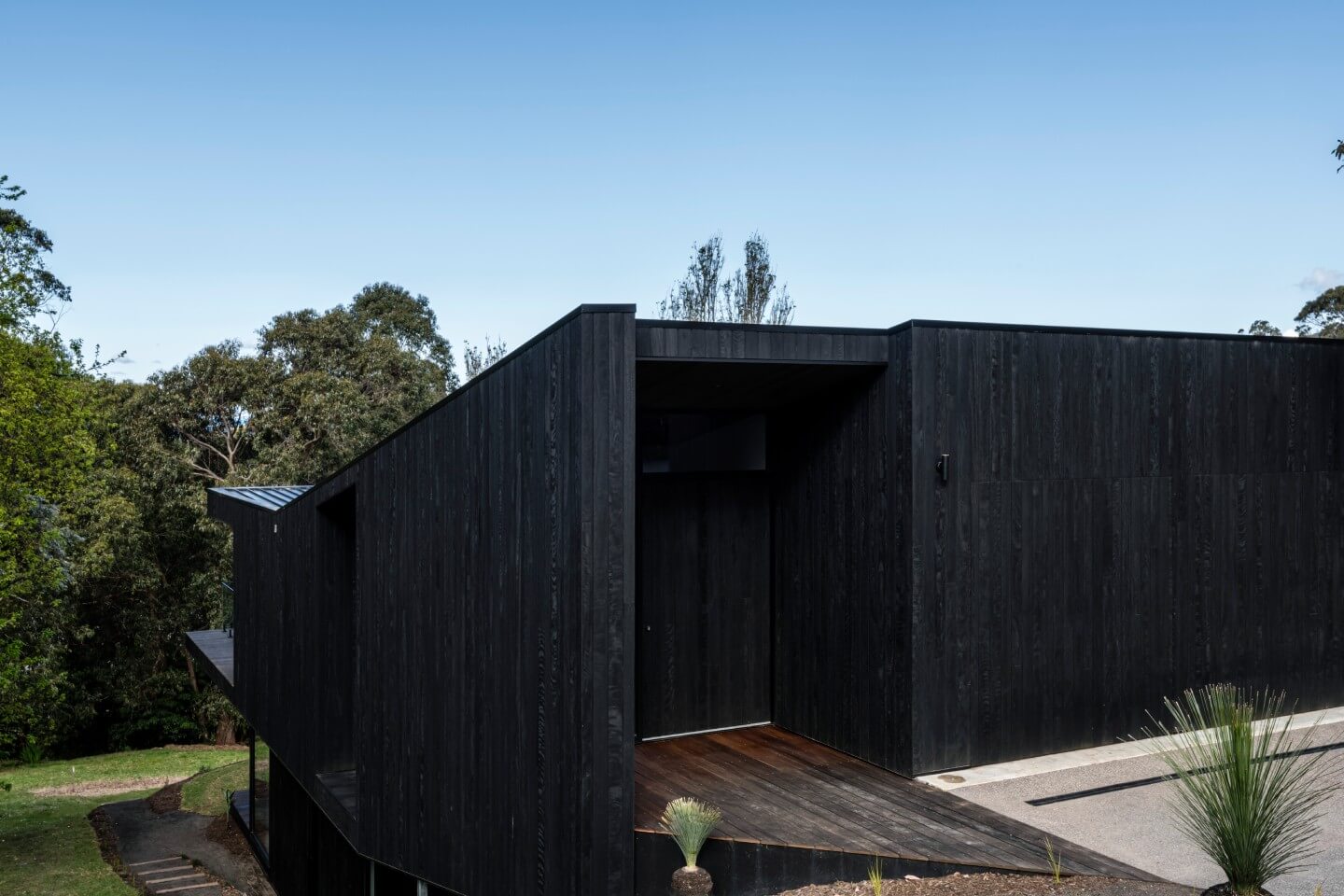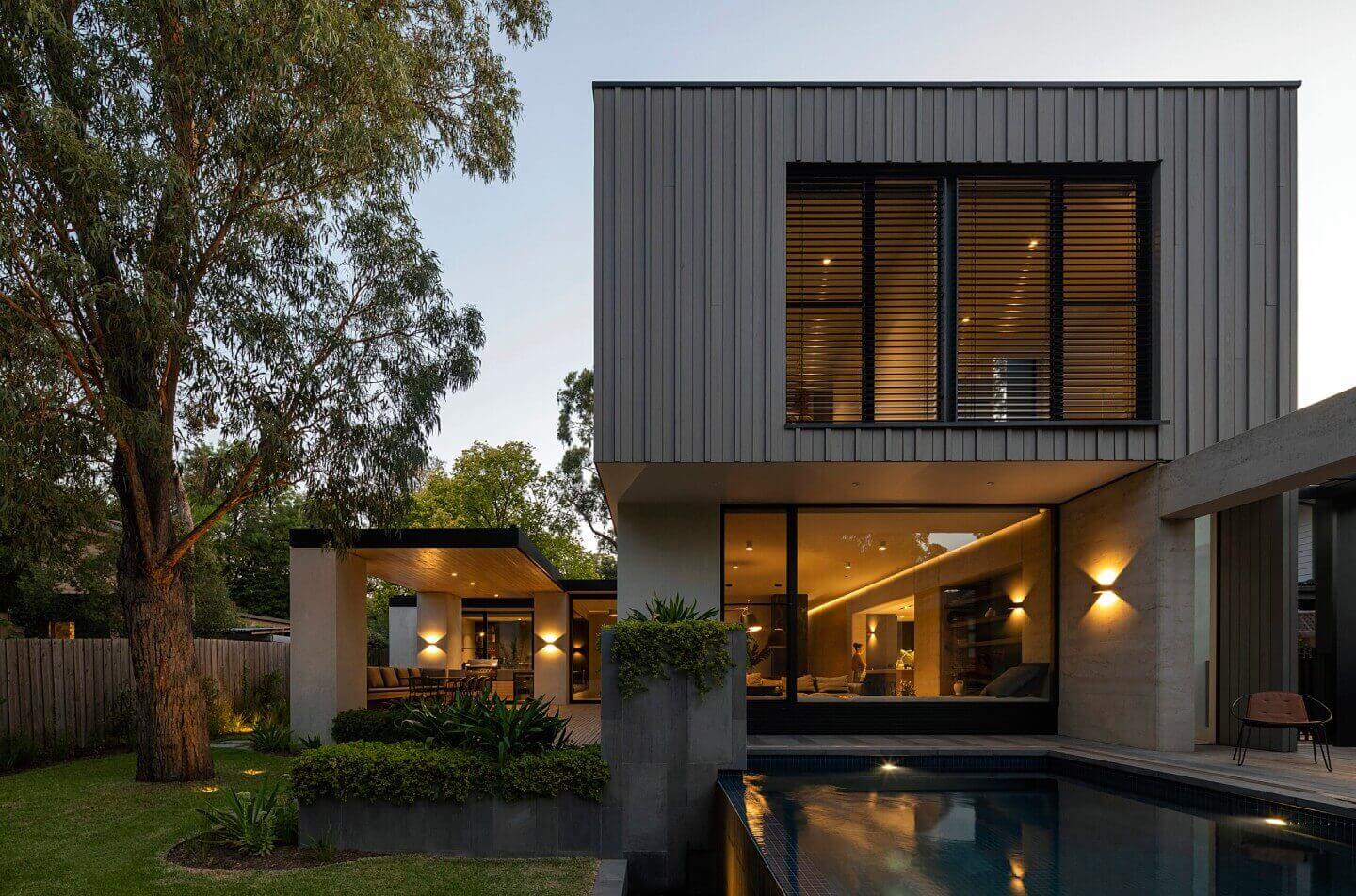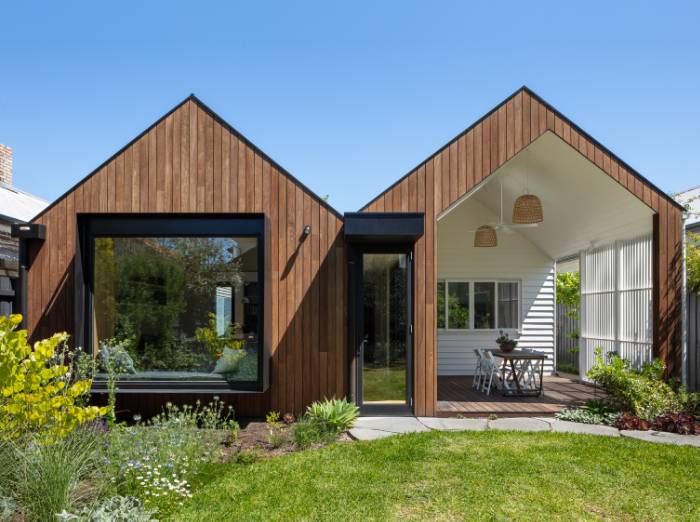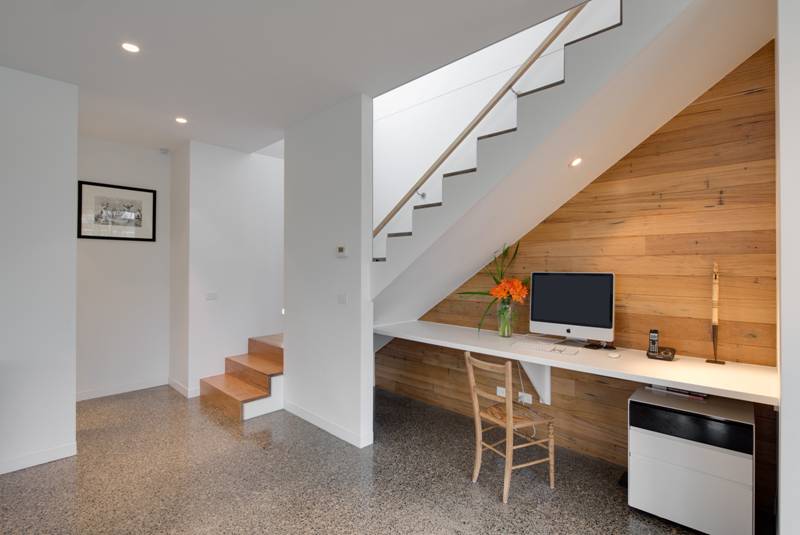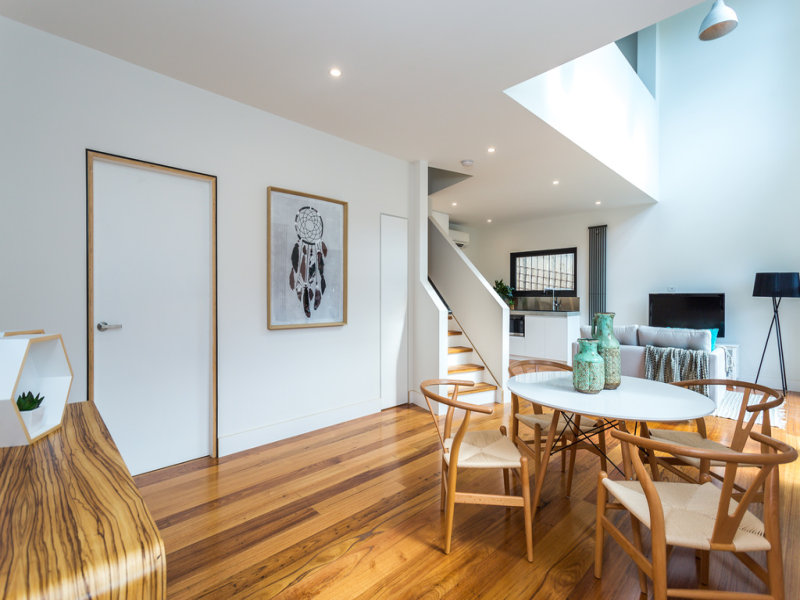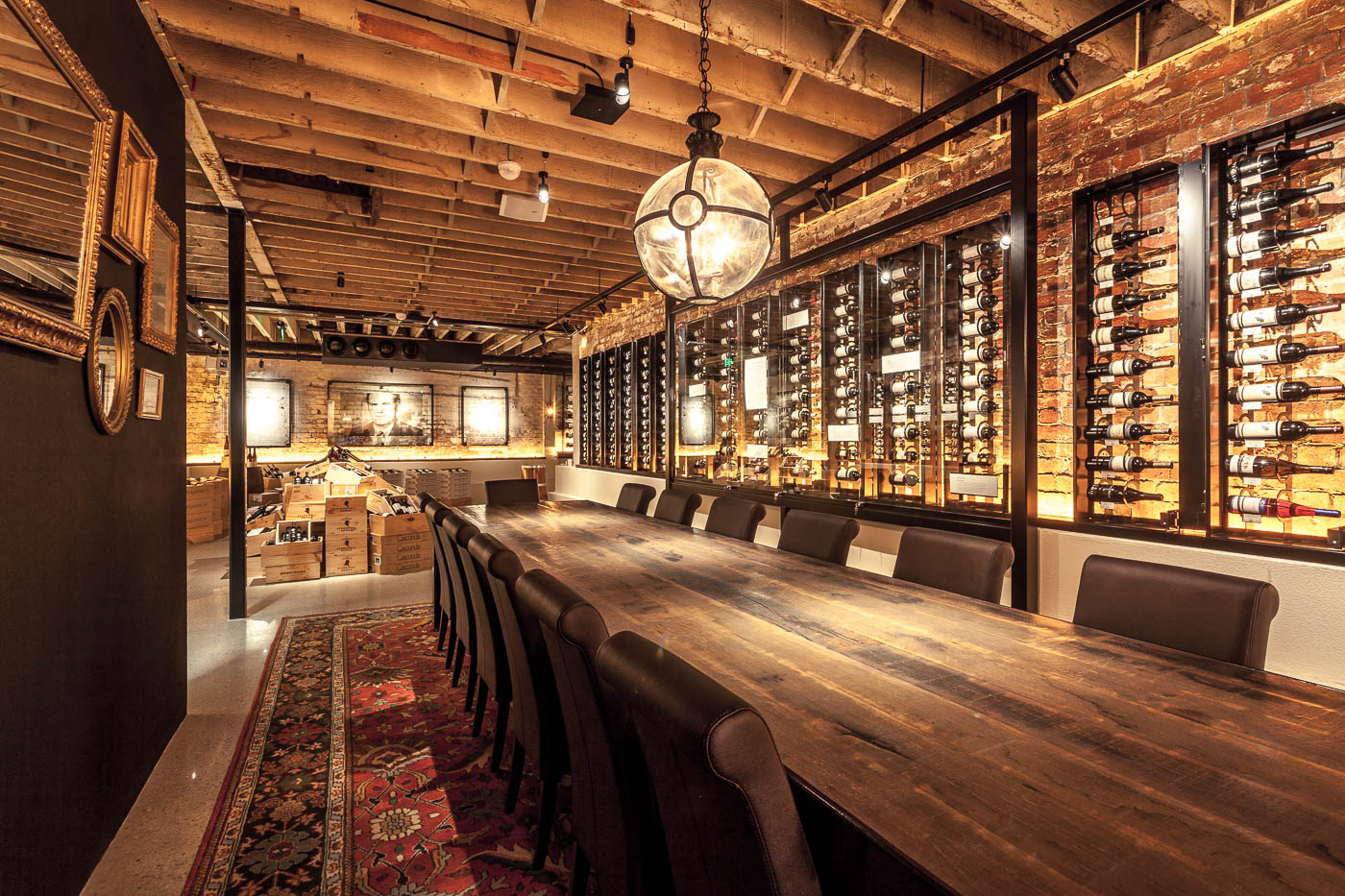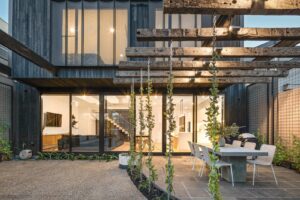Recycled timber cladding is a functional and aesthetic decision that offers numerous benefits for both residential and commercial properties. As sustainability becomes a priority in construction practices, using recycled timber for cladding has emerged as a key trend in eco-friendly building.
Sustainability and Environmental Impact
One of the most compelling reasons to choose recycled timber for cladding is its positive impact on the environment. Utilizing recycled timber helps reduce deforestation by repurposing wood that might otherwise end up in landfills, thus contributing to waste reduction and resource conservation.
Key Environmental Benefits:
- Reduction in Waste: Recycled timber cladding uses materials that are already processed, thereby decreasing the volume of waste.
- Lower Carbon Footprint: Processing recycled timber typically requires less energy compared to manufacturing new materials, leading to lower greenhouse gas emissions.
- Conservation of Resources: It conserves virgin timber resources, helping maintain biodiversity and ecological balance.
Aesthetic Appeal and Versatility
Recycled timber brings a unique character to building exteriors, offering a range of textures, colors, and finishes that new wood cannot match. Each piece tells a story, adding historical depth and a distinctive look that enhances the building’s aesthetic appeal.
Design Flexibility:
Recycled timber can be adapted to various architectural styles, from rustic to contemporary, making it an ideal choice for designers looking to create a standout facade. Its natural patina and weathered look are highly prized in design circles, often seen in high-end projects.
Economic Benefits
While the initial cost of recycled timber can vary, its long-term economic benefits are significant. The durability and timeless appeal of recycled timber can increase property values and attract interest from environmentally conscious buyers and tenants.
| Benefit | Description |
|---|---|
| Enhanced Weather Resistance | Weathered timber has adapted to various conditions, enhancing its resilience against further environmental stress. |
| Reduced Warping | Age and prior exposure to elements reduce the timber’s susceptibility to changes in shape and size. |
| Natural Aesthetic Preservation | The unique patina developed over time is maintained, offering a distinctive aesthetic appeal. |
Cost-Effectiveness:
- Longevity: Recycled timber is often sourced from old structures and is typically more durable than newer wood because it has already been exposed to elements and has proven its resilience.
- Reduced Maintenance Costs: The seasoned nature of recycled timber requires less maintenance over time, as it is less prone to shrinkage and expansion.
- Value Addition: Properties featuring eco-friendly materials such as recycled timber often command a premium in the real estate market due to growing demand for sustainable living spaces.
Recycled timber not only meets the aesthetic and functional requirements of modern cladding but also aligns with the ethical and environmental standards expected by today’s consumers and businesses. Its use in cladding applications serves as a testament to the construction industry’s capacity to innovate and adapt in response to environmental challenges.
Durability and Performance
Recycled timber is not only prized for its aesthetic appeal and environmental benefits, but also for its robust performance under various climatic conditions. The natural aging process that recycled timber undergoes typically enhances its strength and stability, making it a preferred material for external cladding in diverse Australian environments.

Enhanced Structural Integrity:
- Weather Resistance: Having been exposed to a variety of weather conditions over years, recycled timber exhibits inherent resistance to environmental stresses—key for the often harsh Australian climate.
- Reduced Warping: Due to its age and previous exposure, recycled timber is less likely to warp or change shape, which can be a common issue with newer wood materials in fluctuating temperatures.
| Property | Benefit | Details |
|---|---|---|
| Density | High | Older wood typically has higher density, which contributes to its stability and strength. |
| Natural Resistance | Improved | Exposure to elements over time enhances the wood’s natural resistance to environmental factors. |
| Thermal Stability | Excellent | Less prone to expansion and contraction, which reduces warping and maintains structural integrity. |
Ethical and Social Contributions
Utilizing recycled timber supports ethical forestry practices and promotes a circular economy. By choosing recycled materials, builders and developers can avoid contributing to deforestation and instead help foster demand for sustainable practices.
Social Impact:
- Support for Local Economies: Sourcing recycled timber locally reduces transportation costs and emissions, supporting local businesses and communities across Australia.
- Promotion of Skilled Labor: The preparation and treatment of recycled timber for reuse can require specific skills, thus fostering craftsmanship and specialized labor within the local economy.
Compliance with Regulatory and Building Standards
Recycled timber not only meets but often exceeds the stringent building codes and standards required for construction materials in Australia. It provides an advantage in complying with environmental regulations, aiding builders and developers in meeting their sustainability targets.
Compliance and Certifications:
- Building Codes: Recycled timber cladding often surpasses safety standards due to its proven durability and inherent resistance qualities.
- Sustainability Certifications: Projects using recycled timber can achieve higher ratings under Australian sustainability assessment programs like Green Star and BASIX, enhancing the environmental credentials of the building.
Future Prospects and Industry Adoption
As the construction industry in Australia continues to embrace sustainable practices, the role of recycled timber in cladding and other building applications is expected to expand. Innovations in wood treatment and processing are making recycled timber even more appealing.
Innovations and Trends:
- Advanced Treatment Processes: Emerging methods in wood preservation are enhancing the durability and aesthetic appeal of recycled timber, making it suitable for a broader range of architectural applications.
- Increased Industry Adoption: With growing recognition of its benefits, more architects and developers across Australia are opting for recycled timber as a key material in their projects, setting new standards for future developments.
In summary, recycled timber cladding offers a comprehensive suite of advantages that extend beyond minimizing environmental impact to include aesthetic versatility, economic benefits, and enhanced building performance. Its role in Australian architecture is increasingly prominent, driven by ethical considerations, regulatory compliance, and a broader shift towards sustainability in the construction industry. As this trend advances, recycled timber is set to become a foundational material in the future of green building across Australia.
